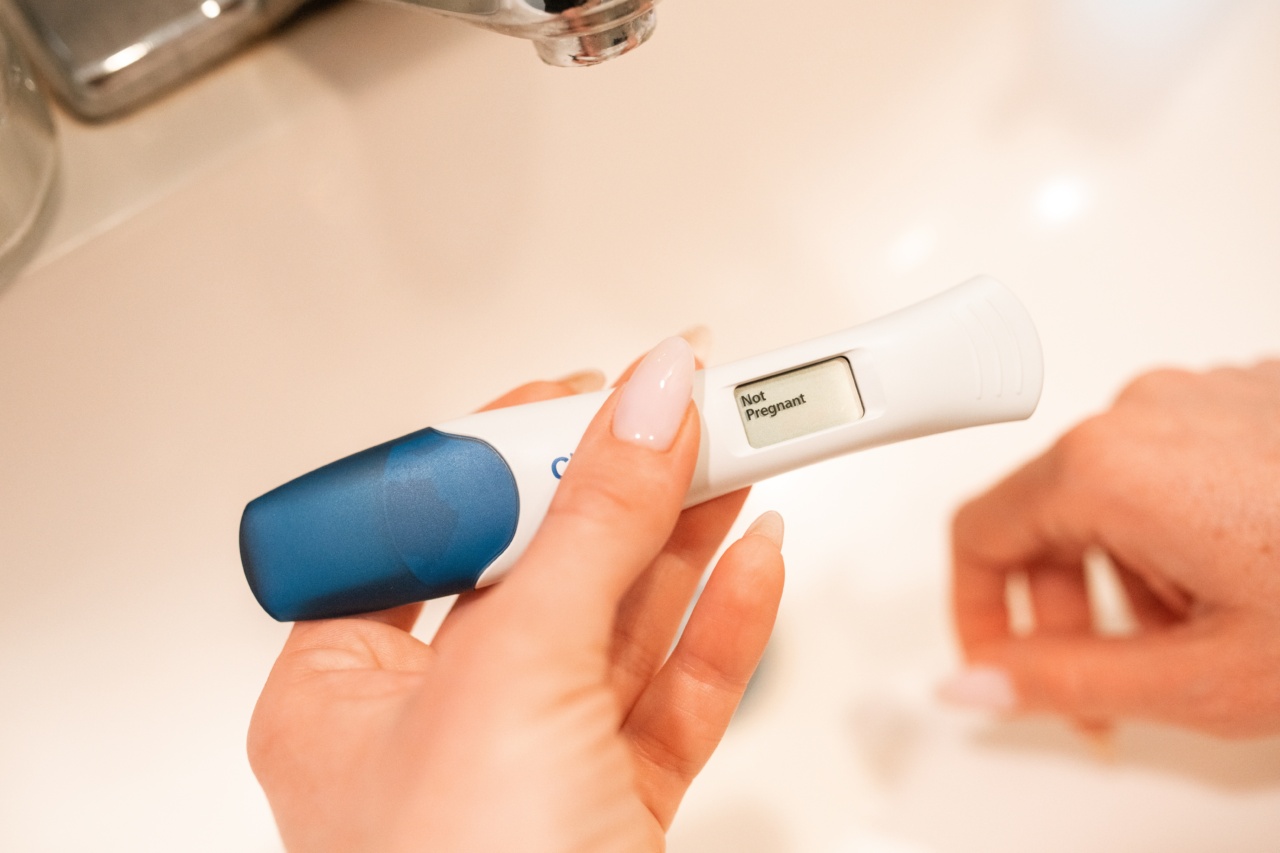Kidney artery intervention is a medical procedure that involves treating the blood vessels that feed into the kidneys.
As the arteries are responsible for carrying oxygen and nutrients to the vital organs, including the kidneys, any disruption in the blood flow can result in various health issues, including high blood pressure.
High blood pressure is a prevalent medical condition affecting millions of people worldwide. It occurs when the force of blood flowing against the walls of arteries stay consistently high for an extended period.
It can cause severe damage to the organs, including the kidneys, eyes, and heart.
There are various forms of treatment for high blood pressure, ranging from medication to surgery. Among the surgical options available is kidney artery intervention, which is a relatively new technique.
How Does Kidney Artery Intervention Work?
Kidney artery intervention is a minimally invasive procedure that involves inserting a small catheter into the blood vessels that supply the kidneys.
The catheter is guided through an artery in the groin and directed to the site of the blockage or narrowing in the renal artery.
Once the catheter is in the correct position, a small balloon at the end of the catheter is inflated, pushing aside any blockages in the artery wall and widening the blood vessel.
After the balloon is deflated, a tiny metal mesh device called a stent is placed in the artery to keep the vessel open. The stent stays in place, ensuring continued blood flow to the kidneys.
Kidney artery intervention can be used to treat a range of kidney issues, including:.
- Renal artery stenosis (narrowing of the blood vessel that feeds the kidney)
- Renal artery aneurysm (a bulge in the blood vessel that feeds the kidney)
- Renal artery dissection (a tear in the wall of a blood vessel caused by high blood pressure)
Who is Eligible for Kidney Artery Intervention?
Not everyone is eligible for kidney artery intervention. Generally, patients with kidney artery disease who have high blood pressure, despite taking medication, are the most appropriate candidates for this procedure.
Prior to treatment, doctors will conduct a thorough evaluation to determine the suitable candidates. The assessment typically includes a CT scan, Doppler ultrasound, and angiography, which is used to identify any abnormalities in the renal artery.
Additionally, doctors will assess the severity of the high blood pressure and the patient’s overall health to determine whether kidney artery intervention is the most appropriate treatment option.
Benefits of Kidney Artery Intervention
Kidney artery intervention has several benefits, including:.
- Reduction of high blood pressure: One of the most significant benefits of kidney artery intervention is the significant reduction of high blood pressure. About half of the patients that undergo this procedure show a decrease in their blood pressure levels.
- Minimal invasive procedure: The procedure is minimally invasive, meaning that there are no large incisions necessary. Patients can usually go home the same day.
- Quick Recovery: Since the procedure is relatively straightforward, the recovery time is relatively short. Patients may be able to return to their regular activities within a few days.
Risks of Kidney Artery Intervention
As with any medical procedure, there are risks associated with kidney artery intervention. These include:.
- Bleeding at the site where the catheter was inserted
- Formation of a blood clot in the stent
- Damage to the renal artery and other blood vessels
- Allergic reactions to contrast dye used during the procedure
Possible Alternatives to Kidney Artery Intervention
Kidney artery intervention is not always the only option for treating high blood pressure. Depending on the severity and location of the renal artery blockage or narrowing, some possible alternatives might include:.
- Medication: Medication is often the first line of treatment for high blood pressure. It may include a combination of drugs that lower blood pressure by reducing fluid in the blood vessels, relaxing the vessel walls, or lowering the heart rate.
- Lifestyle changes: High blood pressure can often be controlled or reduced through lifestyle changes such as losing weight, quitting smoking, reducing alcohol intake, starting an exercise regimen, and eating a healthy diet with reduced salt intake.
- Renal artery bypass surgery: In some cases, patients may be advised to undergo renal artery bypass surgery, which involves diverting blood around the blocked artery with a graft.
The Bottom Line
Kidney artery intervention is a relatively new procedure that has shown excellent results concerning reduced blood pressure levels.
While it is not always the only option available for treating high blood pressure, it may be a suitable option for those who do not respond well to medications or lifestyle changes. As with any surgical procedure, it carries a certain risk, but the potential benefits often outweigh the risks, in the right circumstances.




























